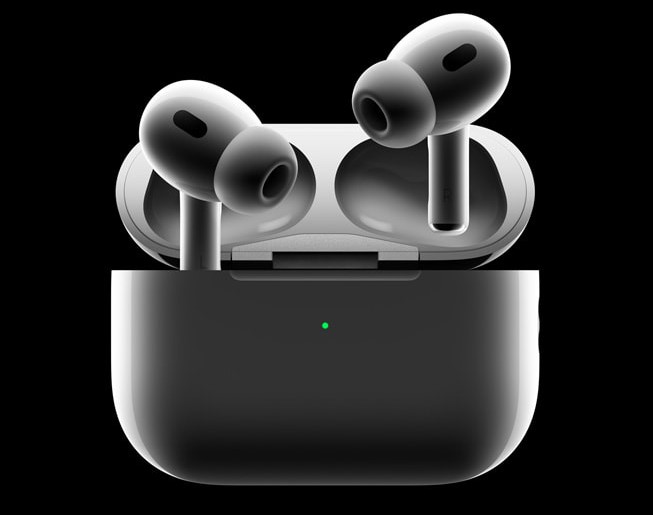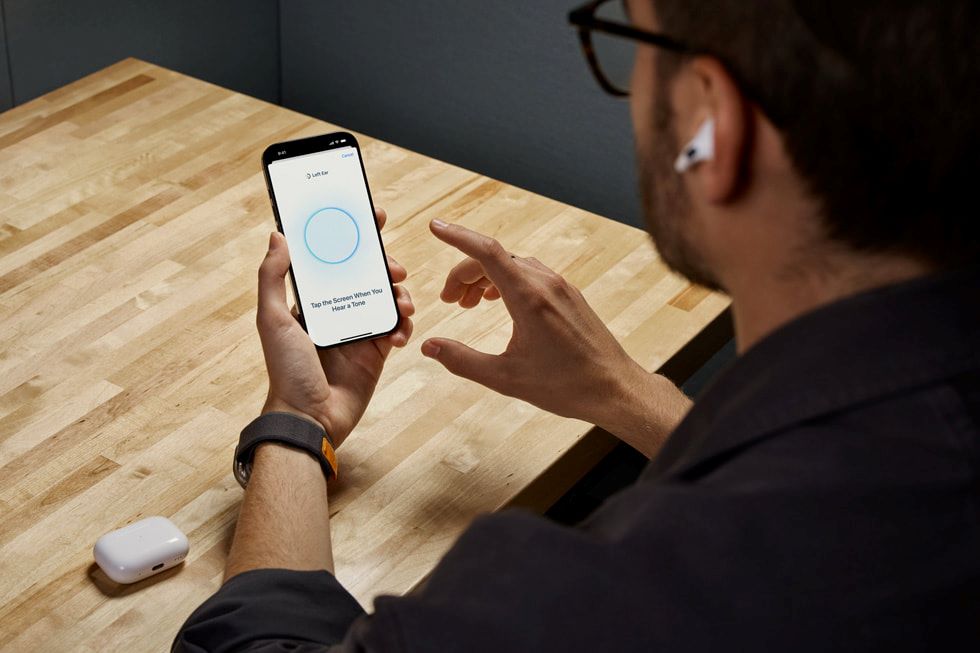Apple is breaking new ground by enabling some AirPods to function as hearing aid technology, offering a practical solution for those with mild to moderate hearing loss.
This software update is widely celebrated by experts, even though it will reach a fraction of the 30 million Americans dealing with hearing difficulties. Discover how this technology can make a difference in everyday life.
An estimated one in eight Americans over age 12 suffers from hearing loss in both ears. The majority of these individuals could benefit from hearing aids. However, many avoid them due to high costs, limited accessibility, or discomfort.
Although over-the-counter hearing aids became available following a rule change by the FDA, the challenge remains in encouraging their use. By transforming AirPods into hearing aids, Apple aims to improve accessibility and help people embrace hearing care more comfortably.
How AirPods as Hearing Aid Technology Benefit Users

The hearing aid feature, available on AirPods Pro 2, offers a unique, easy-to-use experience for users. By connecting to an iPhone or iPad, users can complete an initial hearing test to set personalized amplification levels.
Unlike traditional hearing aids, which may feel stigmatizing to some, AirPods have a mainstream look, potentially easing social discomfort. Moreover, Apple’s software allows users to monitor their hearing health through an at-home hearing test, providing a long-term solution for managing their hearing needs.
While AirPods offer an appealing solution, they might not be the perfect fit for everyone. Factors such as battery life and comfort are important, especially if the device will be worn all day.
Smart Technology for Hearing Enhancement
Experts recommend researching features like feedback management and adjustable frequency settings for optimal sound quality. Platforms like Hearing Tracker and Soundly, along with community forums, can be valuable for gathering honest reviews and learning about users’ experiences with different devices.
Even without AirPods or dedicated hearing aids, smartphones can aid those with hearing loss. For instance, iPhones feature “Live Listen,” turning your phone into a remote microphone. Additionally, apps like “hearWHO” and “Sound Level Meter” by the WHO and NIOSH, respectively, can monitor hearing and alert users to potentially harmful noise levels.
This way, hearing care becomes accessible to everyone, enhancing communication and quality of life.









